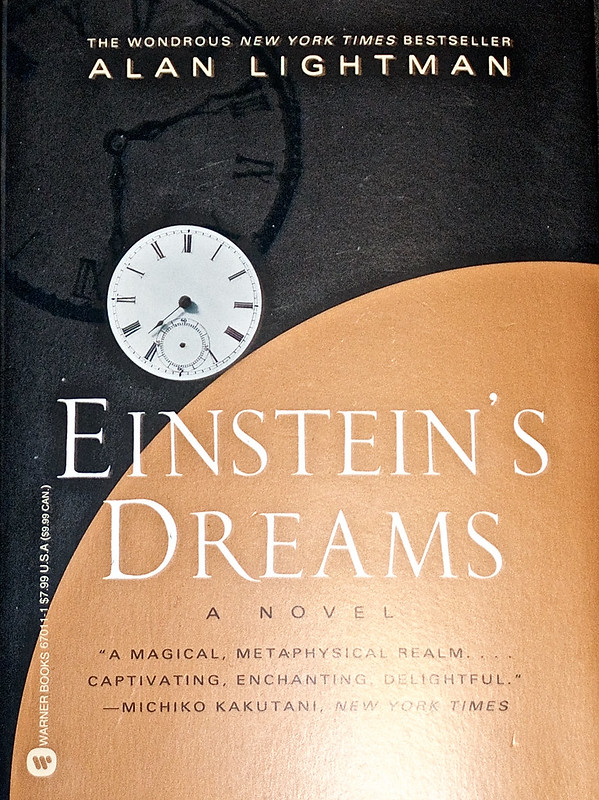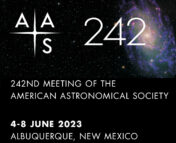In this series of posts, we sit down with a few of the keynote speakers of the 243rd AAS meeting to learn more about them and their research. You can see a full schedule of their talks here, and read our other interviews here!

Alan Lightman is both an accomplished astrophysicist and a wordsmith, but when it comes to describing his career, he refuses to give any one term the upper hand. This well-rounded astronomer has taught at Harvard University, held a dual faculty position in science and the humanities at MIT, and written award-winning novels. Now, he’s giving a plenary lecture at AAS243 on a theme that similarly transcends astronomical research, philosophy, and the public engagement of science.
As an undergraduate student, Lightman didn’t know if he could make a career both as a physicist and a writer, so he took courses in literature, history and philosophy in addition to physics and mathematics. Knowing a Ph.D. was necessary to become a practicing researcher, Lightman joined the graduate program at Caltech studying relativistic astrophysics with Kip Thorne, while continuing to publish stories and poetry in small magazines on a broad range of topics beyond his research.
Lightman soon established himself as an assistant professor of astronomy at Harvard University, but kept writing on the side. “As I approached the age of 40, I began spending more of my time writing than doing physics,” he said. “My writing began as non-fiction writing, closely related to science. Gradually, I began introducing fictional elements,” said Lightman, while noting that even his fictional works such as ‘The Diagnosis’ and the international best-seller ‘Einstein’s Dreams’ have some contact with science.

Lightman’s advice to students who harbor an interest in creative writing in addition to research is to keep writing as regularly as possible, whether it is a journal, personal blog, the university newsletter, or something like Astrobites. “But understand that for the first part of your career until you get established, you will need to spend most of your time doing research,” he said. Early in his own career, Lightman devoted his spare time in the evenings and the weekends to writing.
Beyond practicing writing, “I think the best way for a writer to train is not by taking (writing) courses but to read a lot of good writing,” said Lightman. Some of his favorites include James Gleick, Freeman Dyson, Marcia Bartusiak (for physics), Lewis Thomas, Steven Jay Gould (for biology), and the book Periodic Table by Primo Levi which intertwines chemistry and creative writing. We would add Lightman’s own books, poems, and essays into this list, too.
Recently, Lightman has written popular nonfiction books on the big philosophical questions that captivate the interest of every curious mind, such as: How did the universe begin? Is there life after death? Can we create a robot that is conscious? Are there other intelligent beings in the universe? The latter question will be the main focus of his plenary at AAS243.
In his talk titled The Rarity of Life in our Universe, Lightman said he will argue that life in the universe looks to be an exceedingly rare phenomenon both in space and in time. Soon after the first results from the NASA Kepler mission’s hunt for habitable exoplanets were published (where it was found about one in ten exoplanets might be habitable), Lightman made a simple calculation that estimated the fraction of all living matter in the universe. “I was struck by what a tiny fraction it is,” he said—equivalent to just a few grains of sand in the entire Gobi desert. After laying this inference of rare life out in greater detail, Lightman intends to discuss the philosophical implications of it for us as a species.
To ponder more about life, the universe, and everything, tune into Dr. Alan Lightman’s Plenary Lecture at 4:40 pm CT on on Monday, January 8th at #AAS243!
Edited by Briley Lewis
Featured Image Credit: Michael Lionstar 2022

